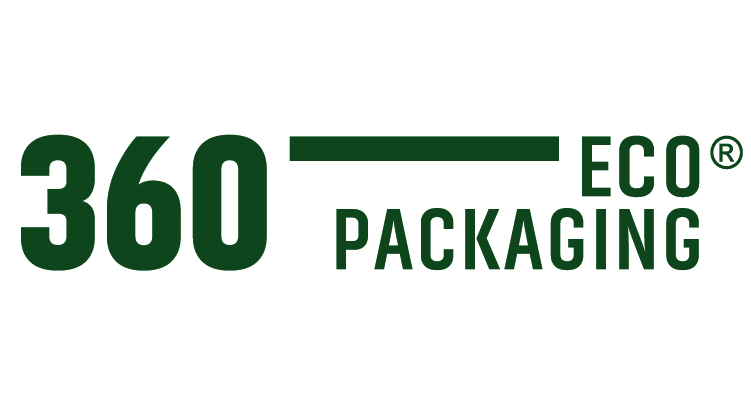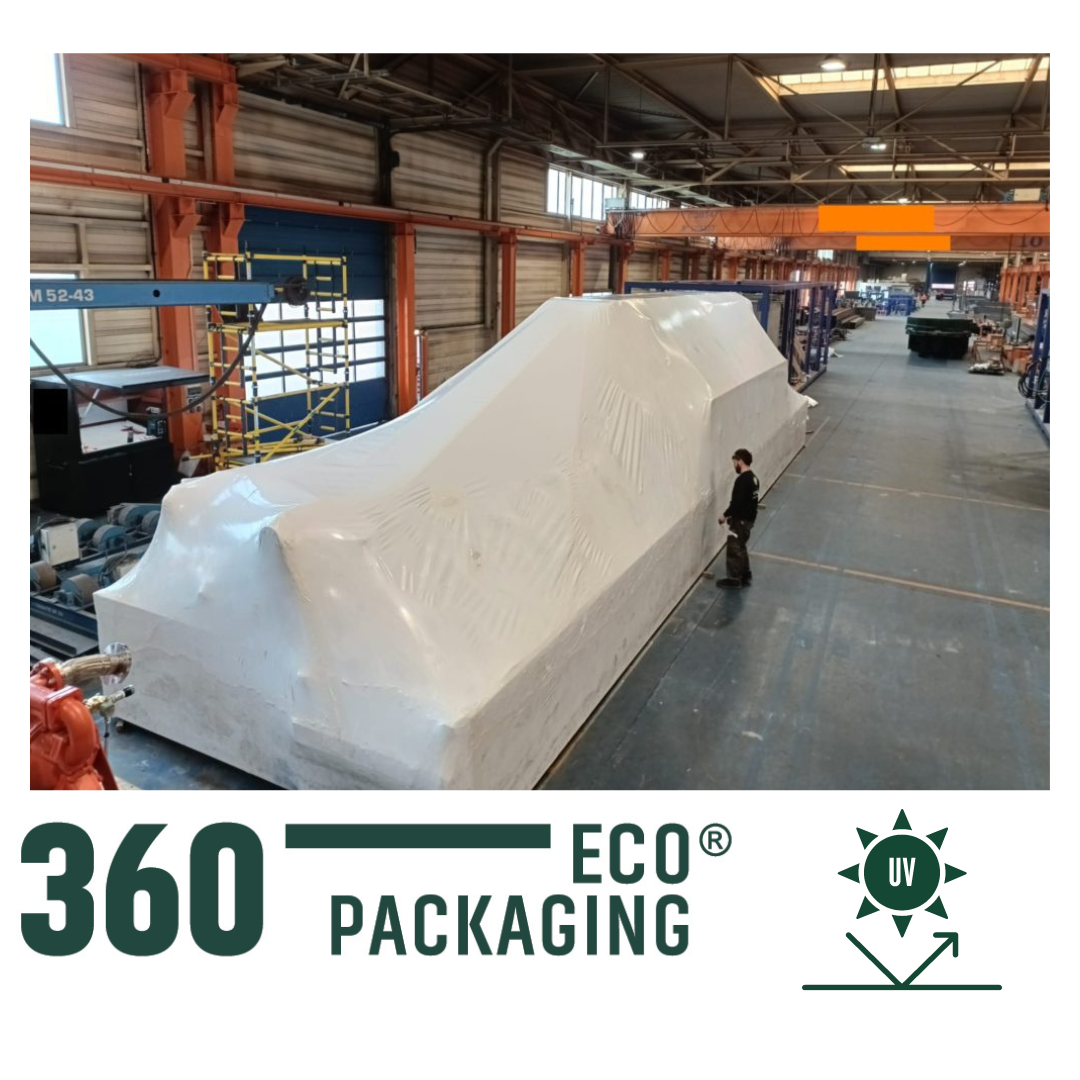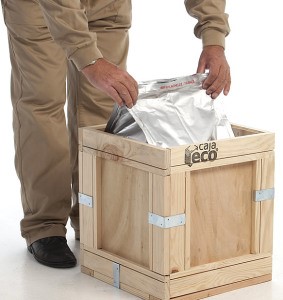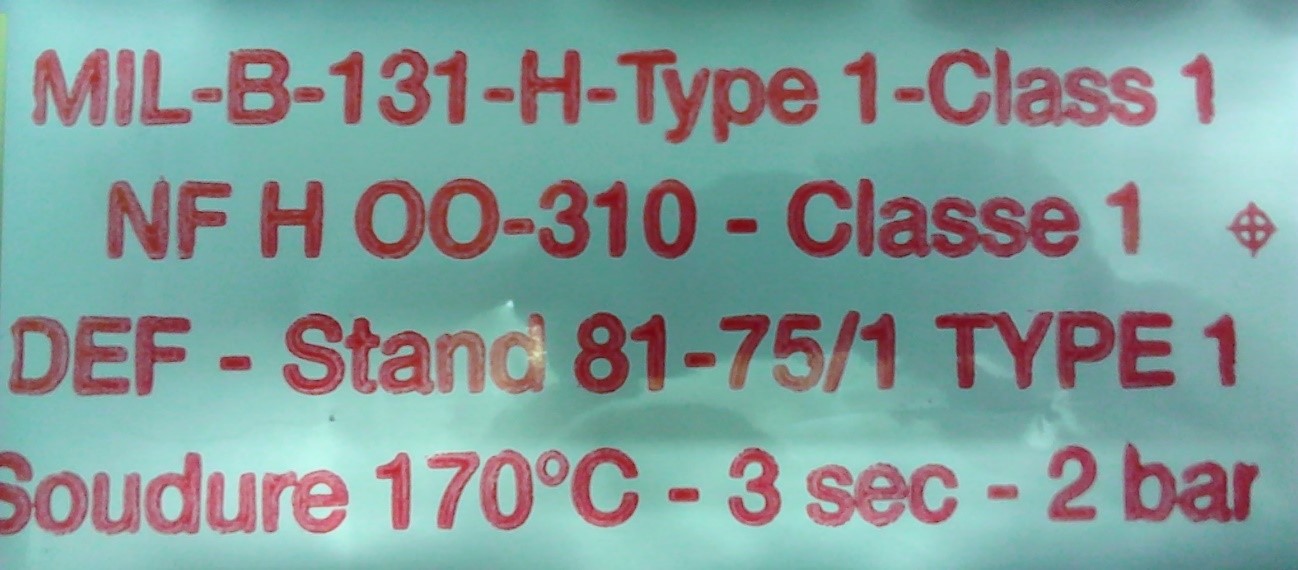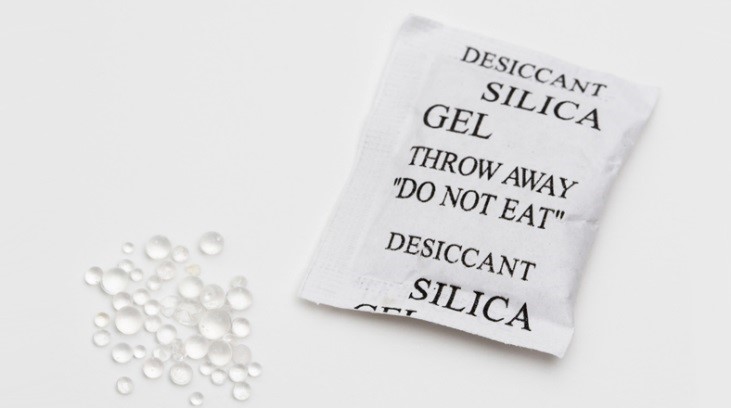The shrink wrapping of goods is a process used to secure and protect products during transport or prolonged storage.
This type of plastic creates a protective film capable of protecting items against adverse atmospheric conditions (UV rays, rain, wind…).
Materials needed for shrink wrapping
Below, we provide you with the necessary materials to shrink wrap effectively:

Steps to follow to shrink-wrap goods
Prepare the load: the first step is to place the products in an organized way, making sure that they are well secured and that they do not move.
Cut the shrink wrap: next, cut the necessary amount of shrink wrap to completely cover the load. It is important that the shrink wrap is long enough to seal the bottom of the pallet.
Place the shrink wrap over the load: once the shrink wrap is cut, unfold it over the load and check that it is completely covered. If it is not well covered, adjust its position.
Seal the plastic at the bottom: with the help of the clamp, seal the plastic to the bottom of the load, so that it is taut and tight, to avoid wrinkles or air pockets.
Apply heat: in this step, repeat the same process as in the previous procedure, but this time it is done on the load. Again, it is important to avoid possible wrinkles or air pockets.
Finish shrink-wrapping: the last step is to check that there are no gaps or goods exposed to the elements. In case of an error, this piece should be covered with more plastic or with specific adhesive tape.

By following these steps, you can confidently and effectively shrink-wrap your merchandise, ensuring its protection and security during transportation or storage.
Shrink-wrapping offers many benefits, such as safeguarding against dust, moisture, and tampering, while also providing a professional and presentable appearance. Remember to carefully select the appropriate shrink plastic and ensure a tight seal using a Shrink-Wrap Gun. With these techniques, you can retract your merchandise with ease and peace of mind.
Whether you’re a business owner looking to streamline your packaging process or an individual seeking to protect valuable items, mastering the art of shrink-wrapping is a valuable skill. With practice and attention to detail, you can ensure that your merchandise arrives in its intended condition, impressing customers and preserving the quality of your products.
So, embrace the advantages of shrink-wrapping and confidently package your merchandise with the knowledge and skills gained from this guide. Efficiently securing your goods will not only save you time and money but also enhance the overall customer experience.
![]()
